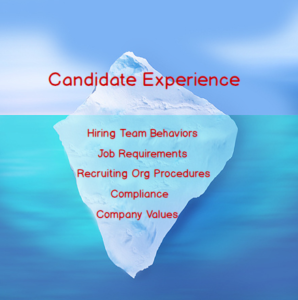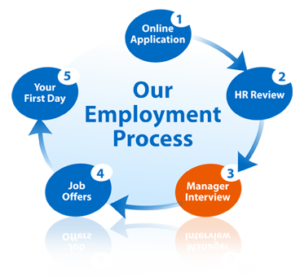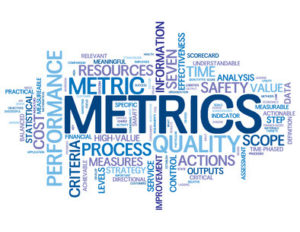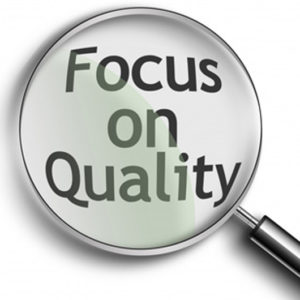Part I of this series focused on the people aspects that drive the Candidate experience. Now we will discuss the processes that drive the Candidate Experience. Managing the processes to deliver a great candidate experience is a balancing act of competing needs where you try and strike the right balance between the candidate and organizational priorities.
The most fundamental question to ask yourself is: ‘Is the candidate at the center of each of the recruiting stages of your candidate experience?’. What does it mean to put the candidate at the center? It means that you are optimizing for the candidate throughout the process by either a) finding creative ways to meet both the candidates and your needs or b) you are making a tradeoff that prioritizes the candidate’s needs over your organizational needs.
Here are some of the top complaints by candidates about their experience:
- Your career site isn’t mobile friendly
- You didn’t provide all the information I want to know about the job (e.g. salary range and benefits information) before I take the time to apply
- Your application is too long
- Did you get my application?
- When will you let me know about your decision? Is the job filled?
- How long will it take to get me the offer, because I need to give an answer to another company?

Great – we’ve identified the most common sources of negative candidate experience. Whoop-dee-doo. These are well known complaints. But why do these things keep happening? No one intentionally wants to create a bad candidate experience, do they? What is driving these outcomes?
Well… it’s complicated, right? At least that is how it can be rationalized. What the candidate sees is just the tip of the iceberg compared to what is actually happening during the recruiting process. Beneath the surface company values, compliance, talent acquisition philosophies, the job details and hiring team behaviors drive what the candidate sees and experiences.

Why would you collect more information than you really need during the application process? Is it for compliance reasons? Is the data being collected just in case it is needed during the screening stage you would want that information already available? Is it to help your recruiters do less work during the screening process – then you are shifting costs that your recruiters could absorb to the candidate.
For example, if you click on the ‘Apply’ button for a Fortune 50 company, this is what you will see:
What a great way to begin the candidate experience with this company. Or not. Creating an account with a company just to apply for a job seems doesn’t seem like it solves for the candidate.
As a recruiting organization, does your company prioritize cost-per-hire and time-to-fill over quality of hire and candidate experience, then very likely you have a large range in how candidates will be treated because you are more focused on making filling the role quickly and making the hiring manager happy. As a recruiter, how much time do you spend keeping candidates informed on their status. Do you make yourself readily available and respond to their inquiries in a reasonable amount of time? Or do you just invest your time in the most promising candidates and ignore the ones on the backburner until it suits your needs? One well-known technology company we work with aims for their rejected candidates to have the same Candidate Experience Net Promoter Score as those they will make an offer to. This mindset and measurement dramatically changes recruiter behavior and the process they follow to engage every candidate they bring in for an interview.
So how can you take a systemic approach to your candidate experience process? To start, map the end-to-end candidate experience. Specifically only look at the world from what the Candidate sees, by stage, and by decision status (yes, no, maybe, not reviewed). Look at each activity (or inactivity – e.g. not following up with every candidate).
How much of the process that candidate’s experience is due to the internal demands of the iceberg? How much is due to limitations in the tools you use?

Once you have mapped the process look at all the sources of friction that the candidate experience. Whether forms to fill out, periods of ‘where do I stand’ or gaps in information required to be well prepared for an interaction. Collecting data on each of these sub-experiences allows you to apply lean manufacturing principles to the candidate experience. Basically, evaluate if each one is adding value for the candidate and how can you only focus on activities that add value to the candidate experience and reduce candidate experience waste.
Finally, many aspects of the candidate experience are driven by the tools you have available. Part III of this series will dive into the details on this subject, but in a nutshell there are two ways to look at tools. The first are the set of tools that enable the process which both candidate and hiring teams work with. The reality is that all tools have their limitations and they may not have the flexibility to perfectly align with both candidate and your organizational needs. So figuring out where automated tools fall short and how to the hiring team can close those gaps is key to candidate success.

The second is to look at the tools which measure the process. Whether it is something as basic as measuring your candidate experience Net Promoter Score or more robust, like applying digital marketing techniques to measure abandon and conversion rates at each stage of the application process. Without measuring the process effectively you cannot optimize and improve. Instead you are working with anecdotal data and cannot properly apply lean manufacturing principles to reduce friction in the end-to-end process.
Once you examine you candidate experience from the candidate’s perspective and understand the internal and externals factors the drive the each activity in the process. From there, you can begin to making optimization trade-offs. With the tidal wave of recruiting tools now available, next up we will explore how to deal with all the noise to ensure that the ‘people’ and the ‘process’ align to your technology choices to deliver a great candidate experience.
_________________________________________
About the Author: Ray Tenenbaum is the founder of Great Hires, a recruiting technology startup offering a mobile-first Candidate Interviewing Experience platform for both candidates and hiring teams. Great Hires was named as one of Entrepreneur Magazine’s Brilliant Companies of 2016 where it was ranked #2 in Business Tools. Follow Ray on Twitter @rayten or connect with him on LinkedIn.


